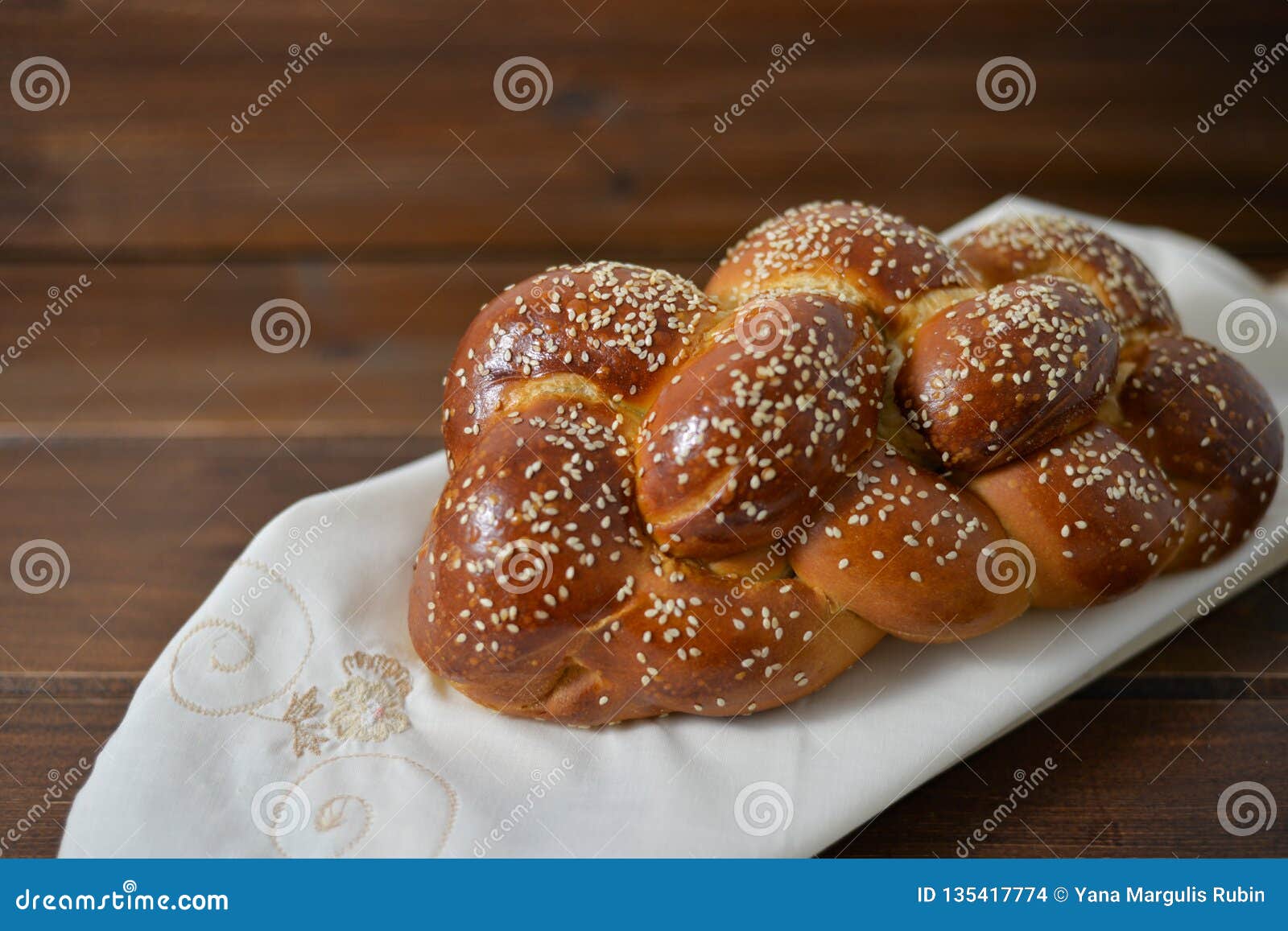
Some specialists claim that the origin of lavash bread is in Armenia, while others claim that it probably originated in Iran, or even more vaguely, in the Middle East. In Arabic and Persian, lavash is called لواش ( lawash), in Georgian: ლავაში, in Kurdish: nanê los (meaning “loaf of bread”), in Armenian: լավաշ, in Azeri: laves, loach or lavaş, in Turkish: laves or lavaş, also called yufka, and in Iraq: khubz rqāq. It is common to many countries and regions such as Armenia, Turkey, Iraq, Iran, Azerbaijan, and the whole Middle East, one of the most widespread in the whole Transcaucasus, West Asia and the countries surrounding the Caspian Sea. Flour (all-purpose or whole wheat flour)Īs always, you can find the full recipe with a list of ingredients with measurements in a printable recipe card at the end of this post.Lavash or lavash bread is a delicious unleavened flatbread traditionally baked in a tandoor, often used to make lavash wrap, or even lavash crackers.You will need only three pantry staples to make no-yeast flat bread: Save this recipe so you can have it on hand whenever you need it. So if you are looking for delicious unleavened bread for Passover, look no further. You can easily make it gluten-free if you use a GF flour blend. Yes, it's eggless, dairy-free, oil-free, and totally vegan. What's more, this bread without leaven is super quick and easy to make in just 20 minutes! It's made with simple ingredients whole wheat flour, water, and salt. This yeast-free biblical bread is perfect if you are celebrating God's annual festivals of Passover and the Feast of Unleavened Bread.

No yeast, no milk, and no baking soda are needed for this recipe.

Learn how to make homemade Passover Bread, an easy 3 ingredients Unleavened flat bread without yeast.


 0 kommentar(er)
0 kommentar(er)
